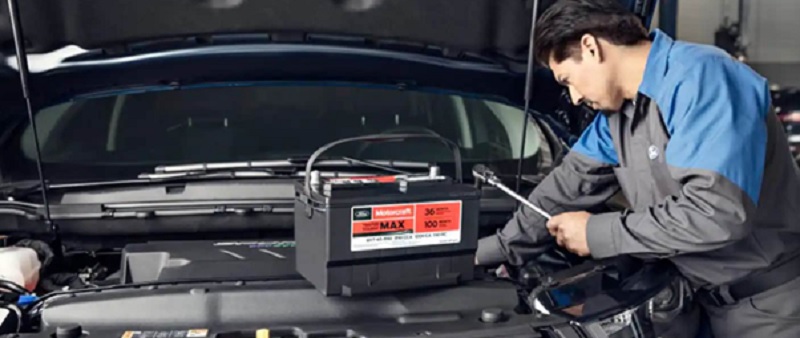Every car owner knows that the heartbeat of their vehicle lies in that small but powerful unit known as the car battery. This crucial component is what keeps your car’s engine roaring and its lights glowing. But how much do we really know about these automotive power sources? Let’s embark on a journey to understand the inner workings and importance of car batteries in Joondalup.
The Core of Auto Power Sources: What Are They?
Automotive power sources, more commonly known as car batteries, are rechargeable energy storage units that provide electric energy to a vehicle. They are the silent workhorse under your car’s hood, powering all electronic devices when the engine is off and ensuring the starter motor gets the necessary jolt to bring your engine to life.
These batteries are typically a lead-acid type, consisting of six cells for a total of 12 volts. Each cell generates approximately two volts when fully charged. However, advancements in technology have also introduced us to lithium-ion batteries, especially in electric and hybrid vehicles.
The Intricate Anatomy of Automotive Energy Units
A typical car battery is more than just a box of chemicals. It comprises several key components: the casing, terminals, plates, and an electrolyte solution. The casing, usually made of hard plastic, houses all other elements and protects them from external damage. The terminals are the connection points to the vehicle’s electrical system, channelling the stored energy to where it’s needed.
Inside, the battery contains positive and negative plates submerged in an electrolyte solution, a mixture of sulfuric acid and water. This solution facilitates a chemical reaction between the plates that produces electrons – the very essence of electricity. It’s this intricate dance of chemicals that powers your radio, lights, and even the ignition system.
Deciphering the Lifespan of Vehicular Power Cells
The lifespan of vehicular power cells varies greatly depending on usage, maintenance, and environmental conditions. On average, they last between three to five years. However, with regular inspection and proper care, you can prolong their life, ensuring that your vehicle remains reliable and ready to go when you are.
Extreme temperatures, both hot and cold, can impact the efficiency of your battery. Overuse, particularly frequent short trips that don’t allow the battery to fully recharge, can also shorten its lifespan. It’s essential to understand these factors to maximize the longevity of your battery.
Spotting the Telltale Signs of a Dying Battery
Just like any other part of your vehicle, the battery will show signs when it’s nearing its end. Difficulty in starting your car, especially on cold mornings, is often the first sign of a weakening battery. Dimming headlights and slow-running electrical components are other indicators that your battery may be on its last legs.
If your battery is more than three years old, it’s wise to get it tested annually. Regular inspections can help detect problems early and prevent unexpected breakdowns.
The Art of Preserving the Pulse of Your Vehicle
Maintaining your automotive energy unit is crucial for its longevity. This includes regular cleaning of the terminals to prevent corrosion, ensuring the electrolyte level is adequate, and getting periodic checks to assess its health.
Avoid leaving electronic devices on when the engine is off to prevent unnecessary drain. Also, if your vehicle won’t be used for an extended period, consider disconnecting the battery or using a trickle charger to maintain its charge.
A Glimpse into the Future: Beyond Lead-Acid Batteries
While lead-acid batteries have served us well over the years, the future seems to be shifting towards more sustainable and efficient options. Lithium-ion batteries, with their higher energy density and longer lifespan, are becoming increasingly popular, especially in the realm of electric vehicles.
In conclusion, the automotive power source, the heartbeat of your vehicle – car batteries in Joondalup, is more than just a box sitting under your hood. It’s a complex and vital piece of machinery that deserves our attention and care. By understanding its workings, recognizing signs of trouble, and practising proper maintenance, we can ensure a smoother and more reliable ride


